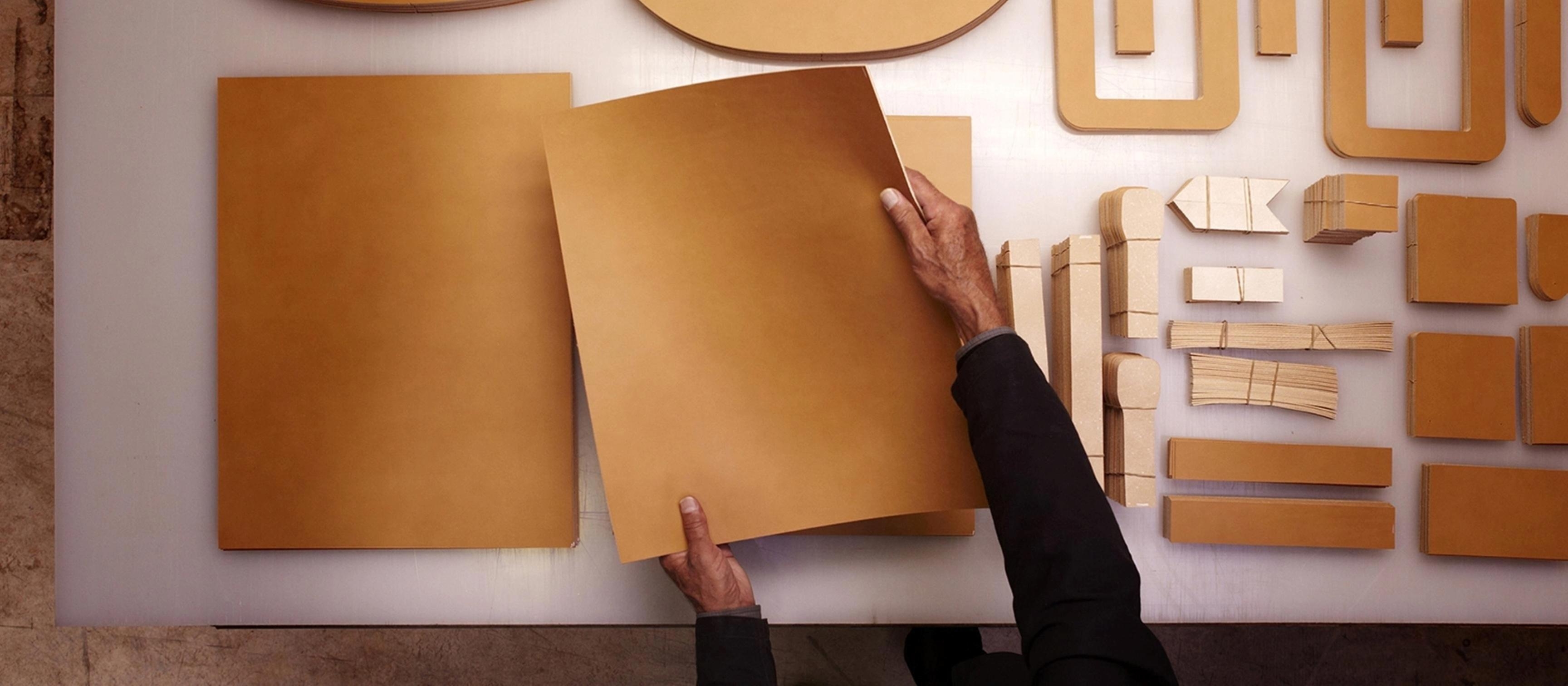
Circular economy
"A luxury product is one that can be repaired."
Robert Dumas, Executive Chairman of Hermès from 1951 to 1978
Ambition
Since 1837, Hermès has remained true to its values and continues to be a house of craftspeople. By selecting the finest raw materials, it produces exceptional objects that are functional, beautiful, durable, and repairable, designed to be passed down. From the original idea to the manufacturing, from the purchase to the use by customers, the Hermès object follows a life cycle that reflects the uniqueness of the house and its sober crafstmanship model. This is characterized by thoughtful development at every stage.
Each craft and each workshop not only commits to using materials wisely but also to reducing waste and promoting reuse and recycling to strive towards a circular economy.
Organisation
Given their strategic importance, circular economy topics are monitored at the highest level of the organization by the Executive Committee to consider quality, creative, industrial, cooperative, and image aspects.
The issue of environmental footprint and eco-design is overseen by the Sustainable Development Council and implemented by operational bodies to be as close as possible to technical realities.
The industrial transition and quality management department, for example, supports the Women's and Men's Ready-to-Wear, Footwear, Fashion Accessories, Silk and Textiles, Home, Leather Goods, Equestrian, and Jewelry sectors on eco-design and circular economy topics.
The métiers then report to their Management Committee on the implementation of action plans defined in terms of circular economy. Hermès' circular economy policy is structured around four axes.
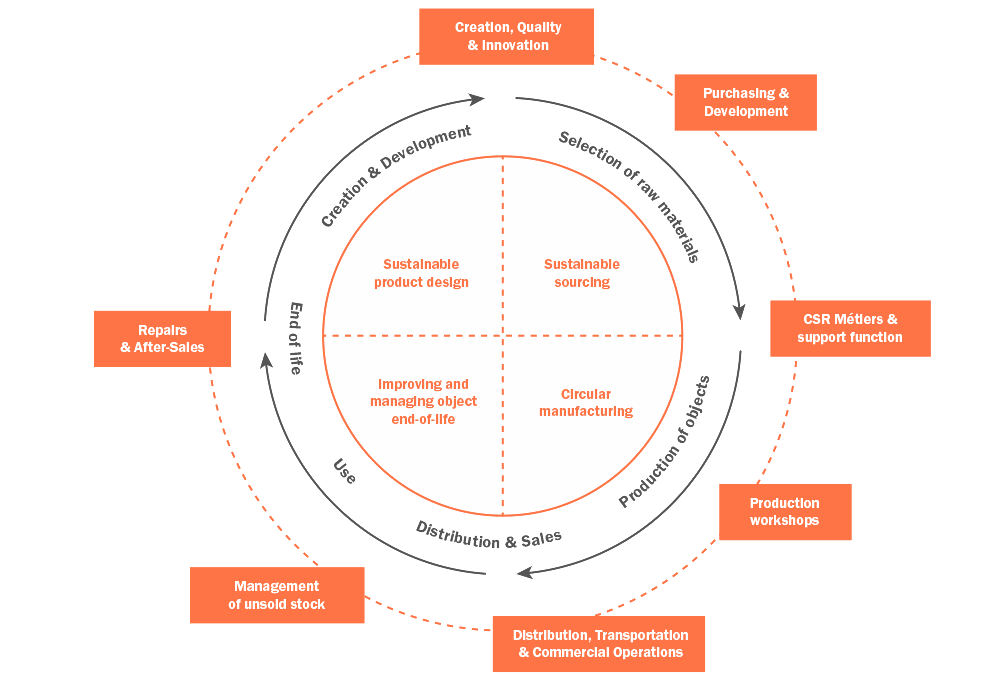
Objectives
| Policy focuses | Actions | Target |
|---|---|---|
| Designing long‑lasting objects | Implementing an eco‑design approach |
Life cycle analyses conducted on all emblematic products 100% non‑mining gold used in Hermès Bijouterie workshops |
| Ensuring responsible sourcing |
Contributing to the sustainability of supply chains
Monitoring suppliers and supporting them to ensure the most stringent social, environmental and societal requirements |
Implementation of a certification process for supply chains according to the highest standards Achievement and maintenance at more than 95% by purchasing volume from certified tanneries by 2030 100% recycled or GOTS‑certified cotton in packaging (herringbone canevas, ribbons, garment covers) |
| Promoting circular manufacturing |
Promoting reuse and recycling Optimised management of production waste Promoting the circularity of packaging and reducing plastic |
100% of textile sources and scraps from French textile manufacturers recycled by 2025 100% reduction in unnecessary single‑use plastics by 2025 |
| Improving and managing object end‑of‑life |
Managing unsold stock Creating objects that can be repaired |
Recycling trajectory for all unsold products by 2030 After‑sales service offered to all customers worldwide |
2024 Key figures
Sustainable product design (eco-design)
Hermès teams have always worked on designing aesthetic, high-quality, and durable objects. The life cycle analysis (LCA) method supports this responsible creation approach with more standardized and quantified calculations, providing a complementary scientific perspective.
The calculations are based either on internal analyses or on reference databases such as Ademe's Base Empreinte or the EcoInvent database. The goal is to deploy a common LCA tool across all the group's métiers using an evaluation method consistent with the European methodology, Product Environmental Footprint, allowing the calculation of 16 impact indicators that aim to address the following issues:
- Human health (toxicity, particulates)
- Impacts on natural resources (water depletion, fossil resource depletion)
- Impacts on ecosystems (climate change, soil eutrophication)
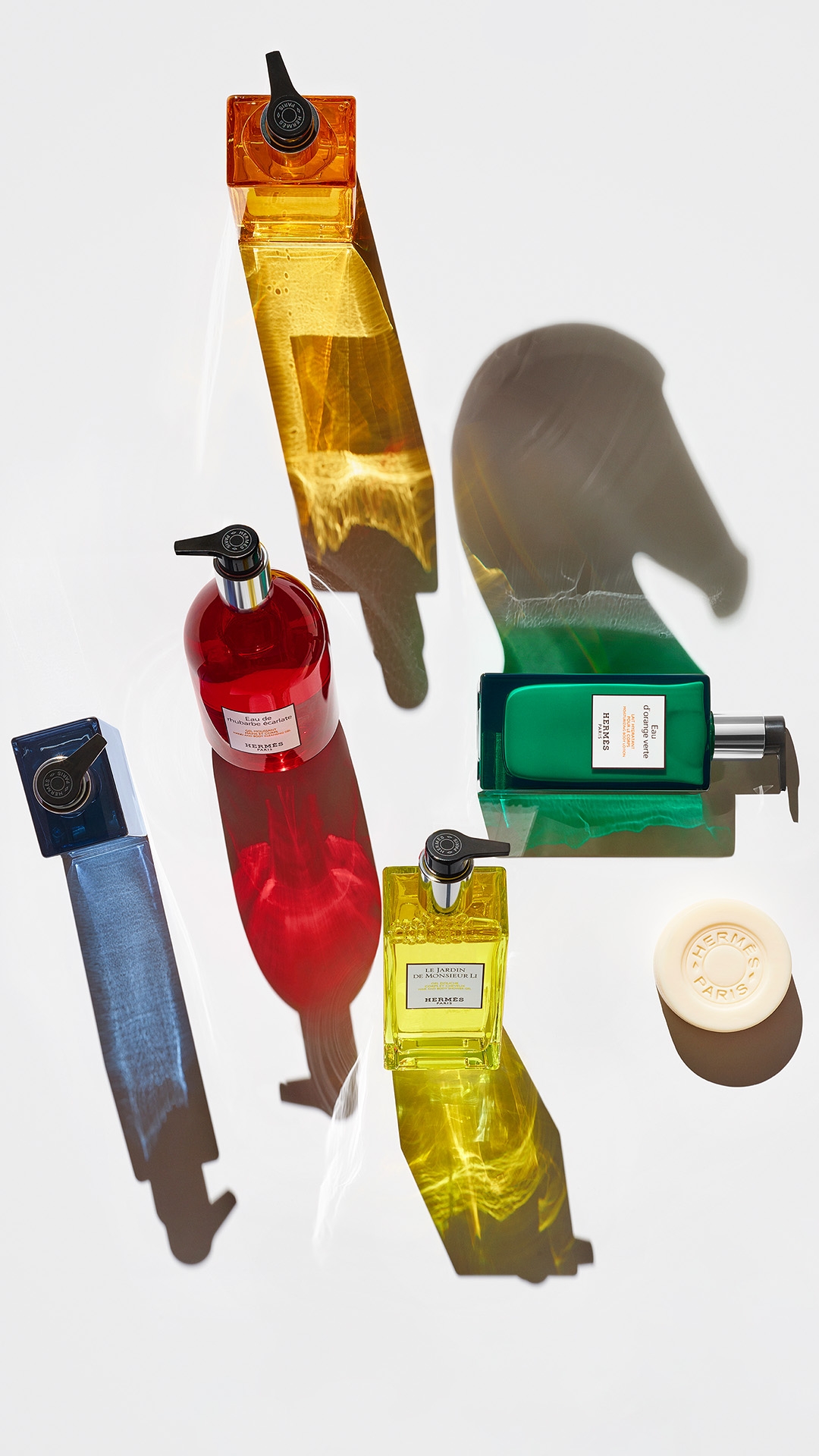
Circular economy in perfumes
To reduce the use of plastics, Hermès is working on various initiatives, such as extending the life of containers by promoting refillable perfumes and lipsticks. For over 10 years, Hermès has been selling refillable perfumes like Voyage d’Hermès, Jour d’Hermès, Galop d’Hermès, and H24. In 2023, the entire Parfums-Jardins collection became refillable, followed by the Hermessence Collection in 2024. Since 2024, the glass bottles of the Le Bain Hermès product line (which includes the scented derivatives of the Parfums-Jardins and Les Colognes Hermès collections) have also been refillable.
Responsible sourcing
Most of the materials used by Hermès come from natural and partly renewable sources, such as hides from farmed animals or the main textile materials and wood. The house's historical preference for leathers and natural fibers avoids the use of synthetic and non-renewable materials derived from petroleum. The quality of the raw materials used is the primary guarantee of the durability of Hermès objects.
Circular manufacturing
The house's ambition is to systematize the circularity of resources within and between the métiers. Building on its artisanal model, Hermès has adhered to the principles of reuse, repurposing, repair, and recycling since its inception. Circularity in manufacturing is also reflected in the management of containers, packaging, and waste to minimize and recycle them. Hermès also strives to minimize its waste and promote its circularity.
In line with the group's circular economy policy, the métiers have embraced the ambition of better waste management, and numerous projects emerged in 2024. Industrial waste management is specifically entrusted to each division through a dual policy of reducing waste produced and valorizing it whenever possible. Waste is accounted for annually by each métier and manufacturing site. Based on these figures, a diagnosis is established, and the causes of waste production and reduction measures are studied. When waste cannot be avoided, it is either reused, recycled, or valorized by external partners.
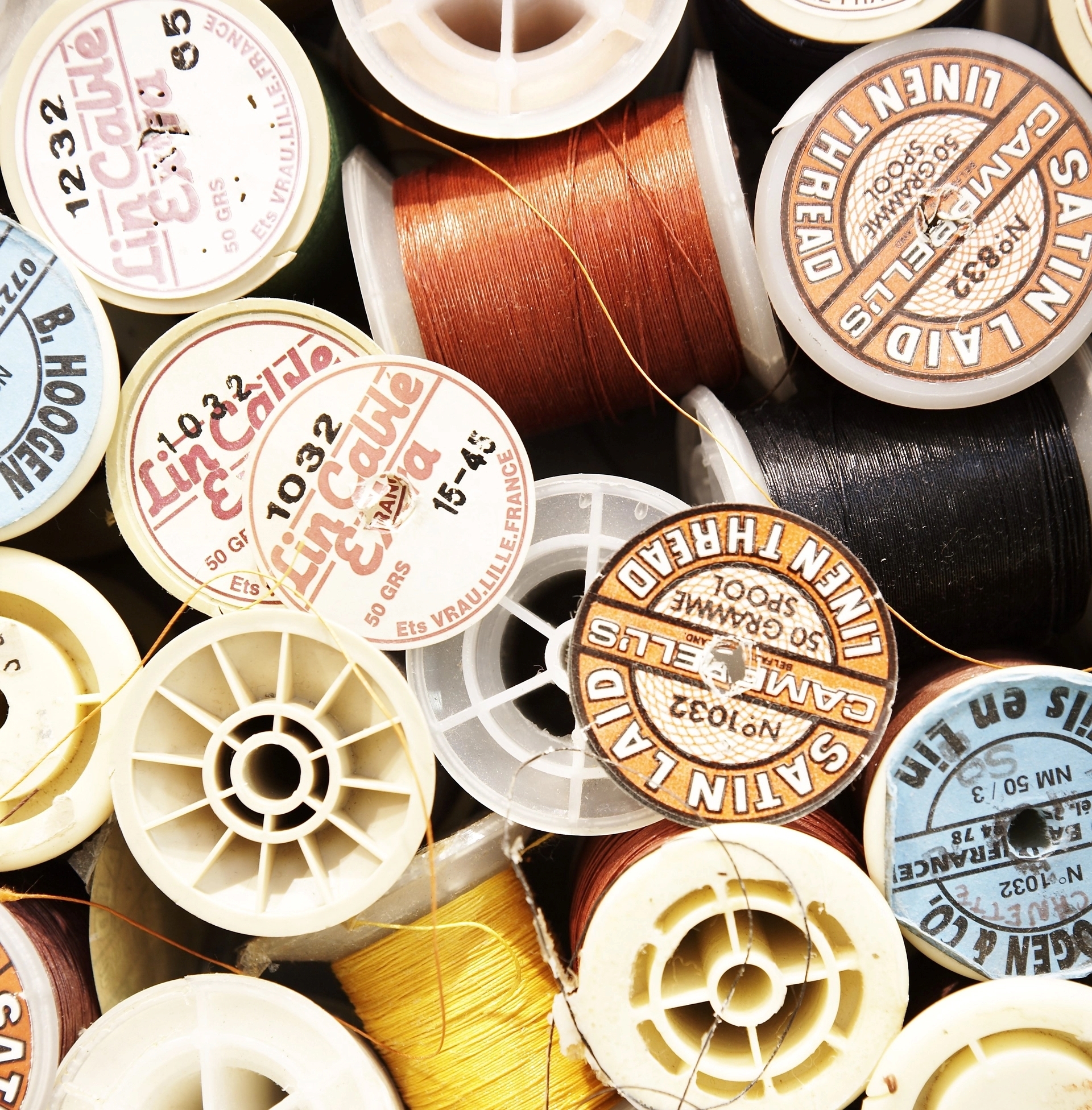
Giving a new life to noble natural materials
Hermès is implementing an upcycling approach with several of its métiers. Thanks to the creativity and expertise of its employees, products are designed from unused materials by enhancing them. To avoid waste and promote circularity, available materials are first offered internally to the métiers, then for donation, and finally for recycling.
A dedicated métier: Petit H and the internal reuse of materials
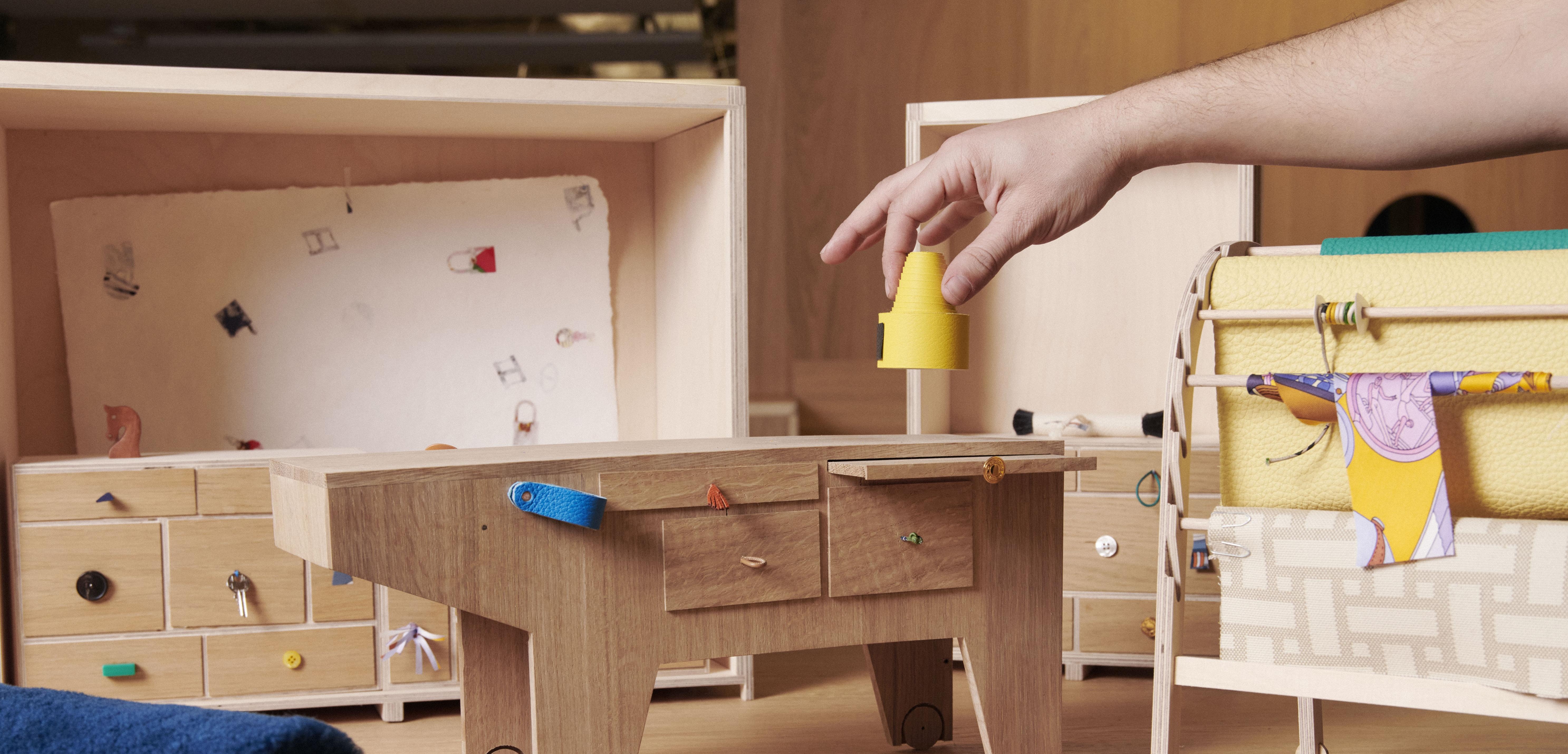
Petit h is above all a unique approach to creation: inventing objects, using materials that Hermès has not used in the production of the collections, intertwining the excellence of its savoir‑faire and the creativity of the artists and designers.
It involves reverse creation, since the material that is available becomes a source of inspiration. Artists and craftspeople share their savoir‑faire to create unique and functional objects. By reinventing everyday objects, petit h combines sustainability with re‑creation, responsibility and playfulness. All of the House’s métiers are included in this process: end‑of‑stock, accessories, obsolete parts (for example, a whole collection of pommels dating from the 1960s, etc.).
Scraps of leather, fabrics, silk, porcelain, crystal… All these materials which, adapted, enhanced and sometimes relieved of a tiny initial defect, are given a new life thanks to the unique savoir‑faire and talent of the artists.
It is with this spirit of common sense that petit h naturally participates in reusing exceptional materials.
Improving and managing object end-of-life
Hermès objects are designed to last and be repaired because their technical design and manufacturing methods prioritize robustness and long-term use, in the tradition of saddlers. Hermès develops and implements actions to improve and manage the end of life of its objects.
Management of Unsold Products The strategy of giving each store manager the freedom to purchase, allowing them to be closer to the clientele, generates a very low number of unsold products.
After-Sales Service: Maintaining to Extend the Life of Objects Hermès offers a bespoke after-sales service to its clients, without time limits, across all its métiers and worldwide. The house ensures the maintenance, repair, and restoration of its handcrafted objects to extend their life as much as possible. From saddles to silk to watches, Hermès object owners can request maintenance and repair services anywhere in the world. In 2024, the house serviced over 200,000 products.
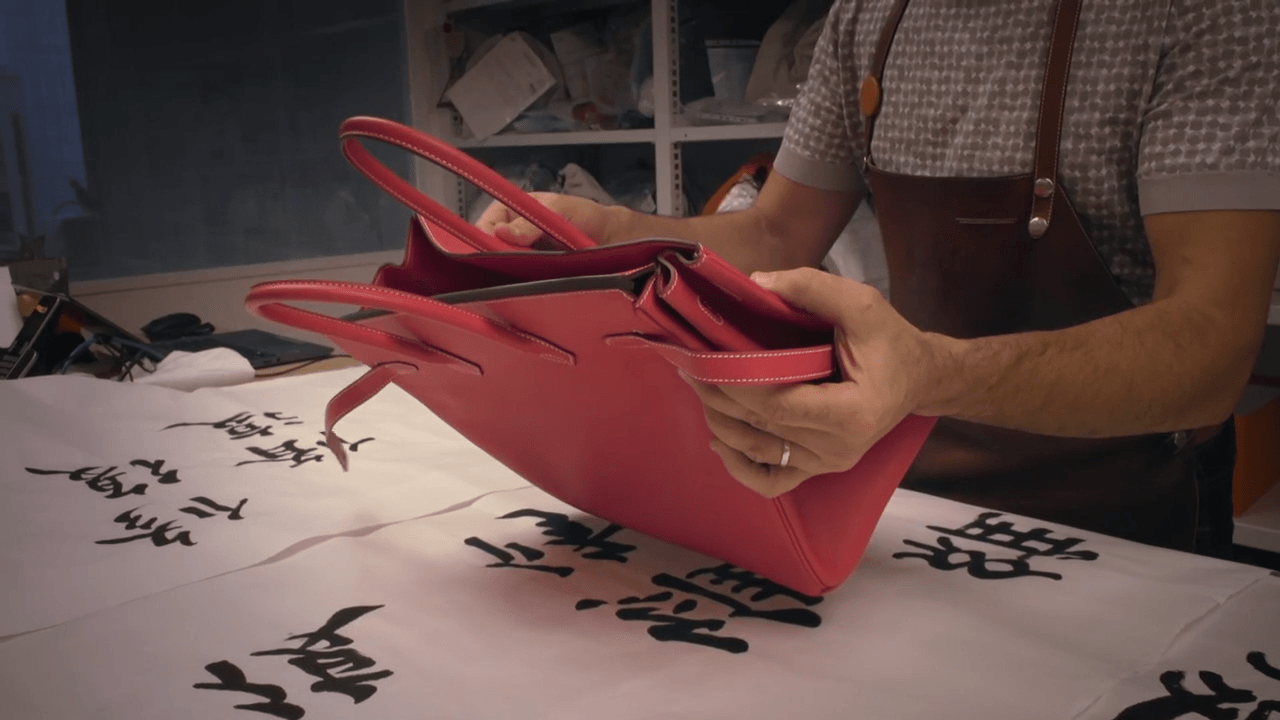
Initiative inspirante
Hong Kong, China
Pushing open the door of one of Hermès’ fifteen repair workshops around the world is like entering a magicians’ den, where the passage of time is made to disappear. In Hong Kong, on the 22nd floor of a tower in the Admiralty district where they have laid out their tools, Christelle, Farid and Alexandre save their best tricks for objects that have a past. Unseen and unnoticed, these experienced artisans, trained in French leather goods workshops, make a well-loved bag look new again, by changing a handle, retouching an area of colour or using the saddle stitch. Restoring, repairing, it’s what their “metier” is all about.
Policies and publications
To learn more and discover our main sustainability policies and recent publications
